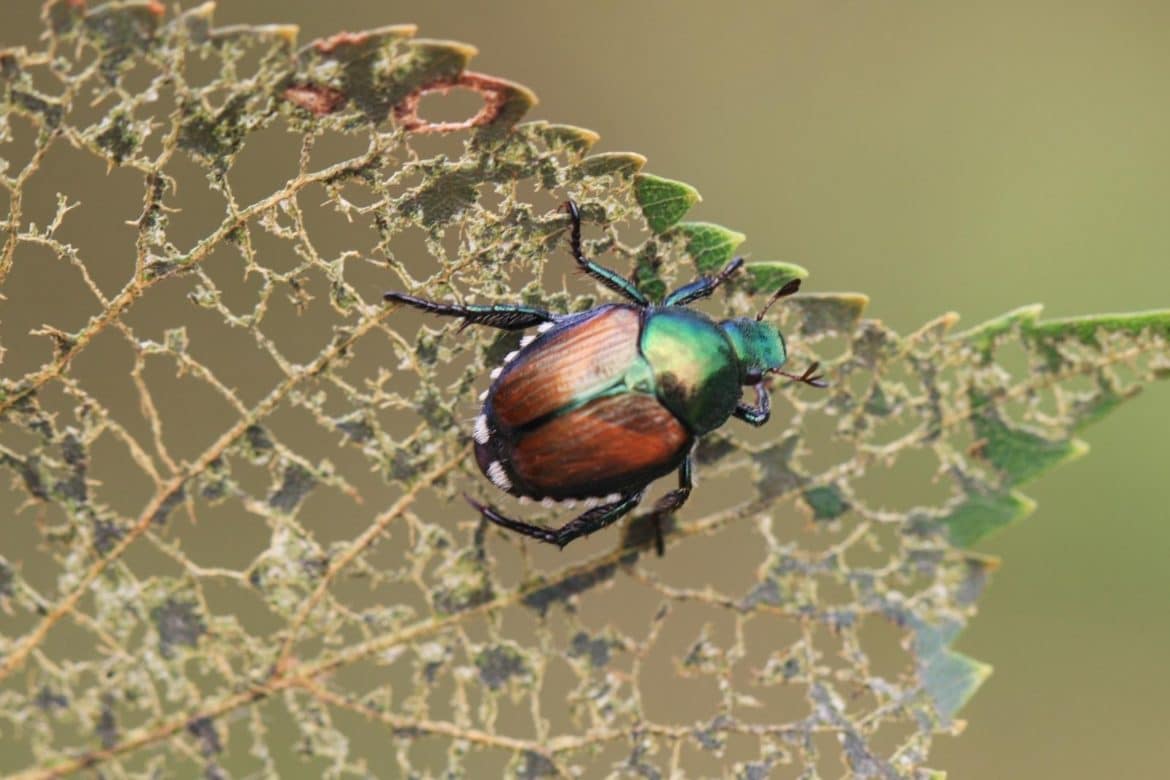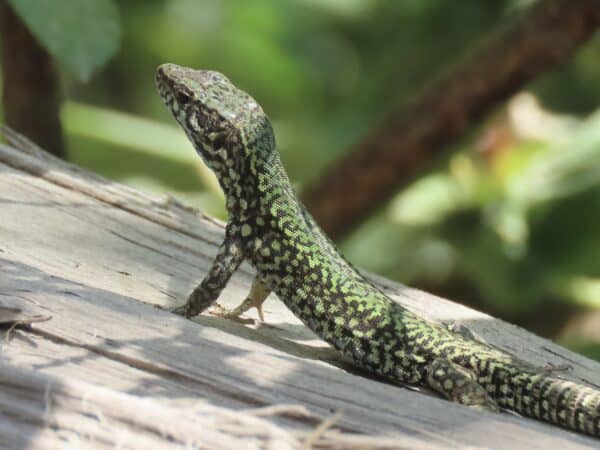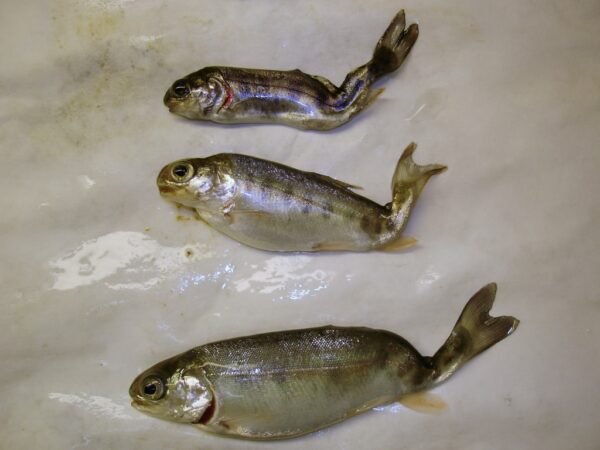Published August 18, 2021
Japanese Beetle Outreach
Keep an eye out for ISCBC Japanese Beetle Ambassadors Tenne and Janelle in locations around the Regulated Area! The ambassadors are conducting outreach events to various community groups, hosting information tables in high traffic areas and spreading awareness about the Japanese beetle eradication response.

Japanese Beetle Host Plants and Feeding Damage
Reporting suspected sightings is key to Japanese beetle monitoring. Adult Japanese beetles feed on the foliage and fruit of over 300 species of plants, including roses, ornamentals, shade trees, and fruit trees. Adult beetles feed on the top of the plant where it is exposed to sunlight and will work their way down the plant eating the leaf tissue between the veins. This is called skeletonizing and can be a good indicator of Japanese beetle activity.
There are a several species that are commonly mistaken for Japanese beetles. Read the Japanese Beetle Look-Alikes sheet for more info.
Regulated Area and Temporary Transfer Station
Landscapers in the Regulated Area are reminded to take green waste to the temporary transfer station to prevent movement of the Japanese beetle. Residents are asked to use their city-provided green bins first and then take excess waste to the temporary transfer station. From June 15 to October 15, movement of above-ground plant materials and soil is restricted out of the Regulated Area. Movement of soil and plants mixed with soil is in effect year-round. Movement of larger quantities of soil or plant material outside the Regulated Area requires a Movement Certificate from the CFIA. This can be obtained by calling 604-292-5742 or emailing CFIA.
Share





